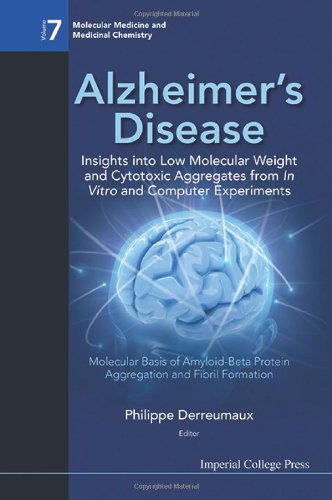

Most ebook files are in PDF format, so you can easily read them using various software such as Foxit Reader or directly on the Google Chrome browser.
Some ebook files are released by publishers in other formats such as .awz, .mobi, .epub, .fb2, etc. You may need to install specific software to read these formats on mobile/PC, such as Calibre.
Please read the tutorial at this link: https://ebookbell.com/faq
We offer FREE conversion to the popular formats you request; however, this may take some time. Therefore, right after payment, please email us, and we will try to provide the service as quickly as possible.
For some exceptional file formats or broken links (if any), please refrain from opening any disputes. Instead, email us first, and we will try to assist within a maximum of 6 hours.
EbookBell Team

4.7
46 reviewsA large body of evidence points, however, to the early A -formed oligomers as the primary toxic species in Alzheimer's disease. A powerful strategy for developing pharmaceutical treatments against Alzheimer's is to elucidate the pathways of oligomer formation and determine the structures of the toxic aggregates.
This book provides a panoramic view across recent in vitro and in vivo studies along with state-of-the-art computer simulations, designed to increase the readers' understanding of A oligomerisation and fibril formation. At the same time, the book delves into the pathogenesis of familial and sporadic Alzheimer's disease at the atomic level of detail.
Written by leading authors in their respective fields, this book will be valuable to all scientists working on Alzheimer's disease.
Readership: General public, PhD students, postdocs, as well as all scientists working in the following fields: Alzheimer's disease, amyloids, neuroscience, oligomers, protofibrils, fibrils, toxicity, structures, dynamics, kinetics, thermodynamics, all-atom and coarse grained simulations, biophysics, memory, learning, transgenic mouse models, metal ions, membrane, nanoparticles, computational chemistry, drug design and bioinformatics.